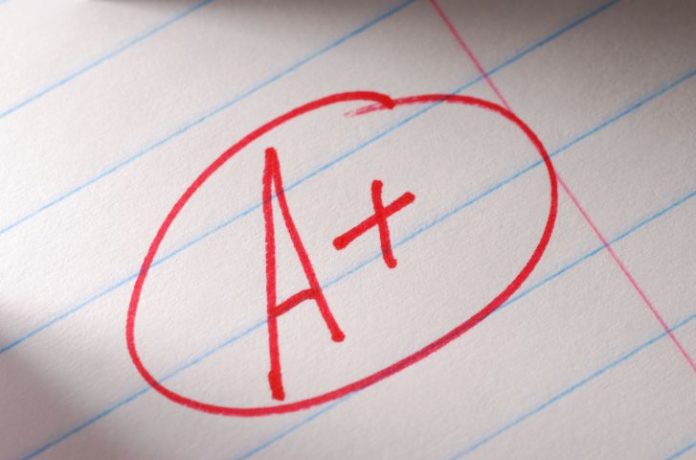Having a healthy heart and lungs may be one of the most important factors for middle school students to make good grades in math and reading, according to findings presented at the American Psychological Association’s 120th Annual Convention.
“Cardiorespiratory fitness was the only factor that we consistently found to have an impact on both boys’ and girls’ grades on reading and math tests,” said study co-author Trent A. Petrie, PhD, professor of psychology and director of the Center for Sport Psychology at the University of North Texas.
“This provides more evidence that schools need to re-examine any policies that have limited students’ involvement in physical education classes.”
The researchers gathered data at five Texas middle schools from 1,211 students, of whom 54 percent were female with an average age of about 12. Overall, the group was 57 percent white. Among the boys, the breakdown was 57.2 percent white, 24.2 percent Mexican-American, 9.1 percent African American, 1.1 percent Asian-American and 1.2 percent American Indian. For the girls, 58.6 percent were white, 23.4 percent were Mexican-American, 9.2 percent were African-American, 2.3 percent Asian-American and 0.6 percent were American Indian.
While previous studies have found links between being physically fit and improved academic performance, this study also examined several other potential influences, including self-esteem and social support. It also took into account the students’ socioeconomic status and their self-reported academic ability, Petrie said.
In addition to cardiorespiratory fitness, social support was related to better reading scores among boys, according to the study. It defined social support as reliable help from family and friends to solve problems or deal with emotions. For girls, having a larger body mass index was the only factor other than cardiorespiratory fitness that predicted better reading scores. For boys and girls, cardiorespiratory fitness was the only factor related to their performance on the math tests.
“The finding that a larger body mass index for girls was related to better performance on the reading exam may seem counterintuitive, however past studies have found being overweight was not as important for understanding boys and girls performances on tests as was their level of physical fitness,” Petrie said.
From one to five months before the students were to take annual standardized reading and math tests, they answered questions about their level of physical activity, and how they viewed their academic ability, self-esteem and social support. The school district provided information on the students’ socioeconomic status and reading and math scores at the end of the year.
To determine students’ physical fitness, the researchers worked with physical education teachers to administer a fitness assessment program widely used in U.S. schools. The program includes a variety of tests to assess aerobic capacity, muscular strength, muscular endurance, flexibility and body composition. The assessment provides an objective measure of cardiorespiratory fitness through the Progressive Aerobic Cardiovascular Endurance Run, or PACER, and body composition through measuring BMI, the study said.
“Because this is a longitudinal study, these variables can now be considered risk factors in relation to middle school students’ performance on math and reading examinations,” Petrie said.
“And that is essential to developing effective programs to support academic success.”











